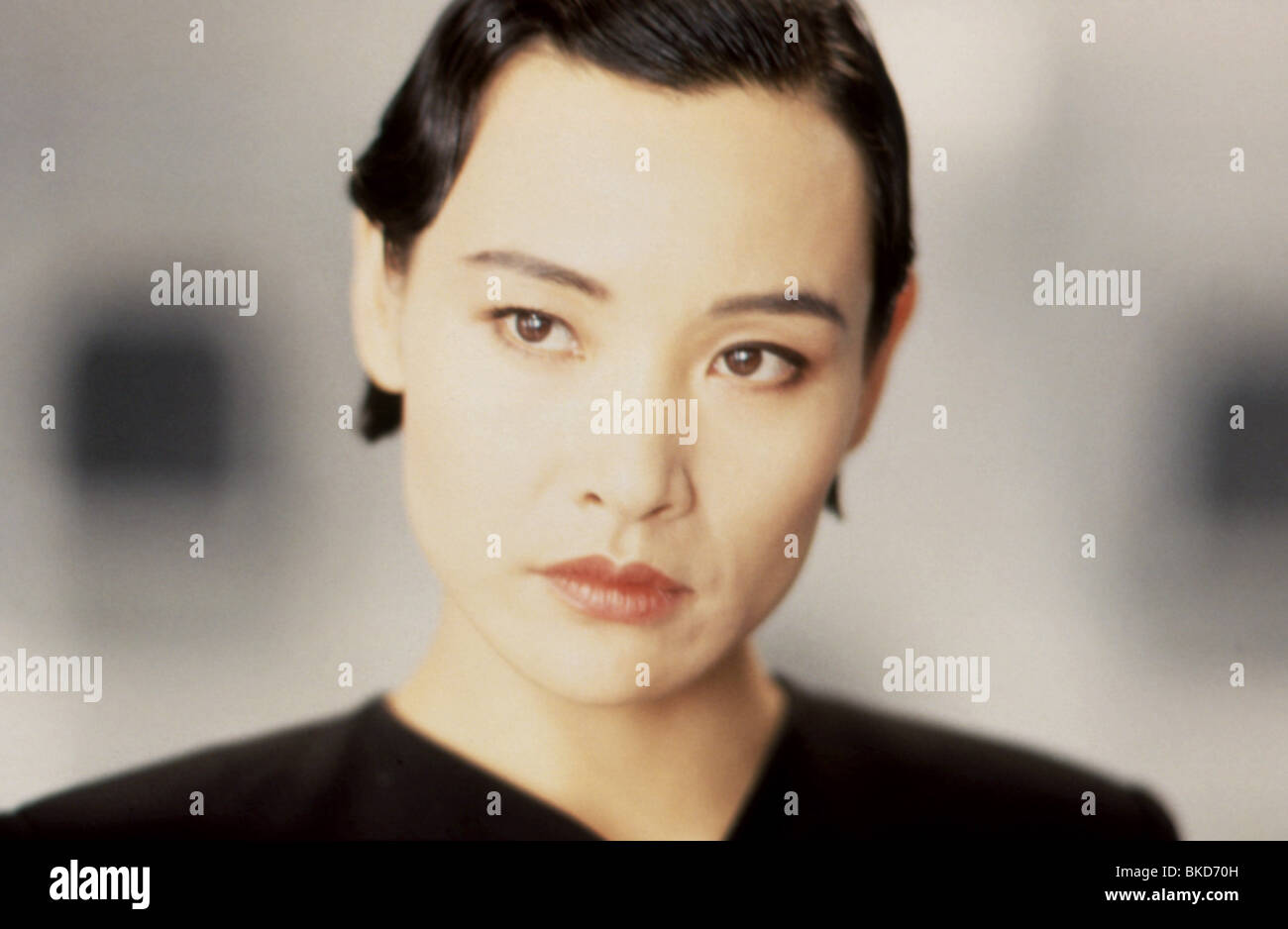


Why such difficulty in locating a relatable, coherent human being within the Joan legend? Especially when, as Twain put it, what we know about Joan’s life seems to come directly from the source, “under oath … from the witness stand” during her 1431 heresy trial. He called “Personal Recollections of Joan of Arc” his best book, though he was the only one to think so.) (Twain seemed to think he was the writer who captured her best.

Eliot thought George Bernard Shaw reduced her to a “middle-class reformer” in his 1923 play, while Shaw thought Mark Twain’s 1896 novel was overly “infatuated” with its subject. This is the knock on dramatic Joans: They don’t quite add up. The daunting list of writers taking on the heroine of France begins with Shakespeare, whose Joan swings in “Henry VI, Part 1” from pious saint to possible tart (or just someone who’ll say anything to avoid being burned at the stake) - scholars still debating whether Shakespeare’s La Pucelle is an uncommonly incoherent character or an inherently comic one.

And books? In her 2000 essayistic biography “Joan of Arc,” Mary Gordon counts some 20,000 Joan titles in Paris’s Bibliothèque Nationale alone. Chen is certainly not the first writer to view such a mysterious life through the lens of contemporary genre.ĭozens of filmmakers have given it a go, trying everything from war-film “realism” to rock music interludes to a young Ingrid Bergman. Wowing crowds with feats of strength, breaking bones with her bare hands, this is Joan of Arc, Action Hero. Chen takes a lively stab, imagining the illiterate teenager as an abused child who uses her anger (and a remarkable tolerance for pain) to become an avenging warrior. In “Joan,” her affecting and adventurous new novel, Katherine J. Yet it’s equally difficult to imagine a character more incomprehensible to the modern ear than the 15th-century French mystic, martyr and war hero. It’s hard to name a historical figure who has inspired more writers than Joan of Arc.


 0 kommentar(er)
0 kommentar(er)
